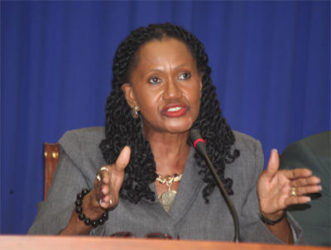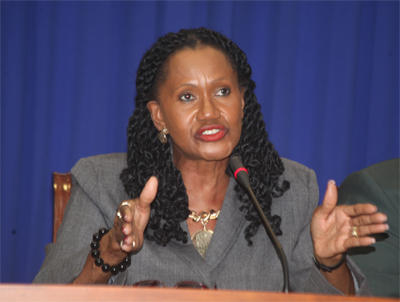(Trinidad Guardian) Conditions in the labour market continue to worsen due to economic challenges, the Central Bank has said in its latest Monetary Policy Report.
The rate of unemployment increased to 4.4 per cent in the second quarter of this year from 3.8 per cent in the first quarter of 2016, the Bank said in the report released last Friday.

This meant that the change in the unemployment rate between June 2015 and June 2016 reflected an “increase of 16,200 in the number of people who could not find work, along with the simultaneous ameliorating effect of the departure of 8,200 people from the labour force”, the Bank stated.
Fewer vacancies were advertised in the daily newspapers representing a decline of 32.1 per cent during April to September, 2016 as compared to the same period in 2015, according to Central Bank estimates.
But the report noted that job openings for low-skilled workers remained considerable.
The Central Bank noted that more males suffered job losses during the second quarter of 2016 than females with an unemployment rate of 4.1 per cent.
But the overall employment rate for women remains higher at 4.9 per cent. Youth unemployment has also increased to 11.6 per cent from 8.1 per cent in the same period last year.
With respect to job losses, the Bank noted that the sectors most affected were distribution (13,000 people), construction (10,000) and agriculture (1,900).
Despite the increasing unemployment figures, Labour Minister Jennifer Baptiste-Primus recently expressed optimism in an economic turnaround, with payments to contractors set to trigger activity in the construction sector.
Recently appointed Minister of Works and Transport Rohan Sinanan last week boasted of some 200 projects to be undertaken by his Ministry in the coming months, which he said would engage some 100 contractors and create jobs for 1,000 persons.
However, Baptiste-Primus also spoke of reports of retrenchment coming across her desk daily and said the figures may be higher as some are not reported.
In her contribution to the 2016/2017 budget debate she offered the prospect of retrenched workers and other unemployed people finding employment in Canada, as that country sought to fill some 35,000 vacancies for long-haul truck drivers.

